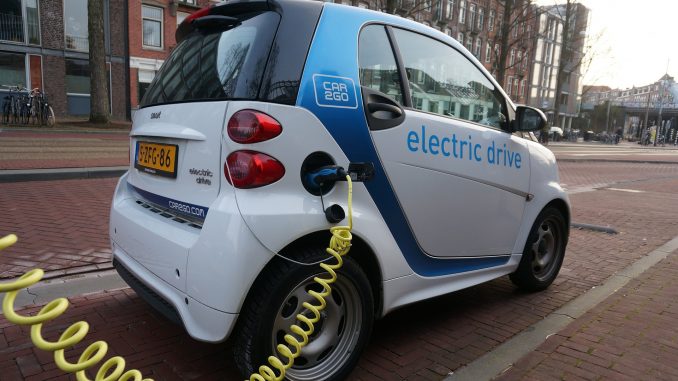
According to a new report, electric cars could produce around half the emissions of a fuel powered vehicle over their lifetime. If these figures are accurate, then electric vehicles could have a significant impact on protecting against climate change. But how do electric vehicles work, and what are the concerns? And, will they ever be able to fully replace petrol and diesel cars?
How do electric vehicles work?
As of last year, it was estimated that there were over three million electric and hybrid cars being used globally. Electric cars are held to the same high standards of testing and safety as petrol cars and they’re increasing in popularity. But they still only make up a small proportion of car sales. So how exactly do they work?
Electric vehicles are usually powered by rechargeable batteries, which power the electric motor, allowing the vehicle to run. Charge points can be installed in the owner’s home, and there are a growing number of charging stations available in public places. Most cars will run for around 100 to 150 miles before they need to be re-charged.
Environmental effects
The vast majority of experts agree that electric vehicles are better for the environment than fossil fueled vehicles. They have no exhaust and don’t emit any pollutants. Considering that air pollution is at a record high, the environmental benefits are one of the biggest selling points for the electric car industry.
Will they ever replace petrol vehicles?
In recent years, there’s been a move towards electric vehicles. A number of major manufacturers, including Ford, have made deals to manufacture more electric and hybrid vehicles and develop new technology. Additionally, some cities and local councils have introduced “petrol free zones” or “low emission zones” in order to reduce emissions. Electric cars are exempt from these zones.
Although there are clear benefits to electric vehicles, we’re a long way away from them being able to replace petrol altogether. In order for this to happen, there would need to be a lot more investment in the technology and in the infrastructure, for example, installing enough charge points and increasing the number of miles they are able to travel for without needing recharging.


Leave a Reply